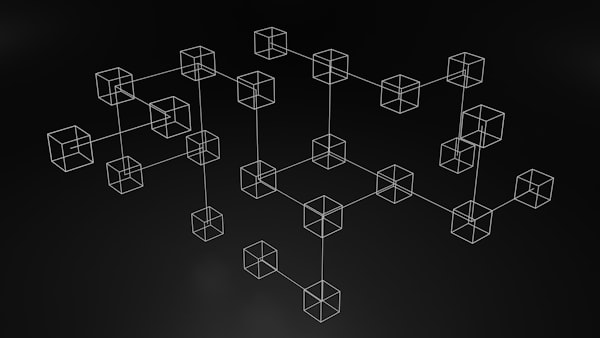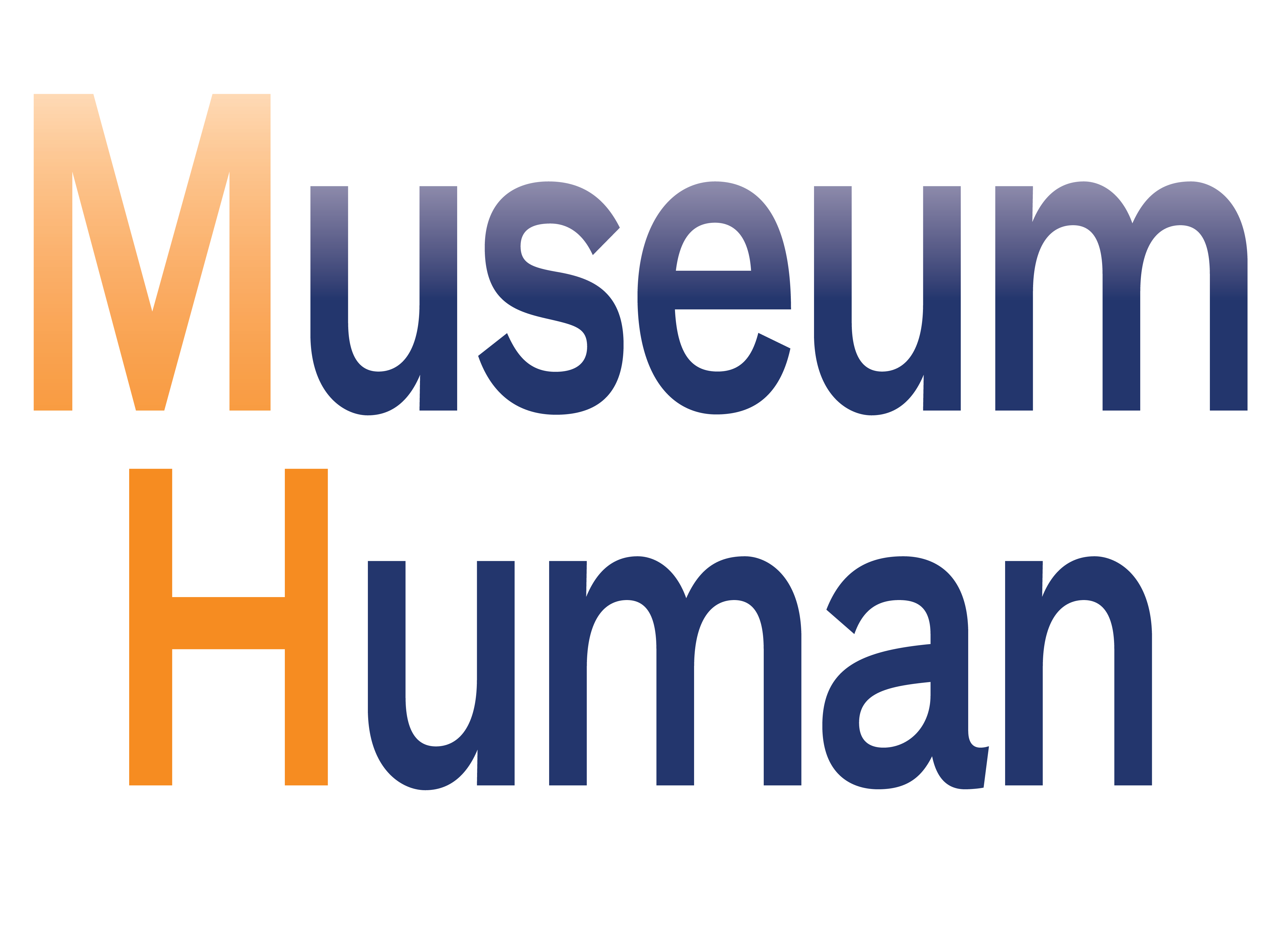
If mindfulness is the art of noticing, then NFTs are the new noticing of art.
If you're reading this and not a subscriber to Museum Human, consider scrolling to the bottom and signing up now—it's free and is the only way to read the site's longer weekly post on the organizational culture of cultural organizations and to find out about special events and communities.
My new habit of creating the Links of the Week from what's residing in the Evernote I use to stash noteworthy reading is resulting in some interesting topic collisions. Of course, I could probably fill an entire LOTW every week with NFTs and crypto (only hybrid/remote work can equal that) while it would take a few months to have enough links about mindfulness to do the same.
NFT articles are usually of two different minds—negative, on balance, about what this still mostly unregulated form of tech is doing for/to artists and museums, with some positive about the possibility of artists getting paid for their work as its sold and resold. Mindfulness articles outside the Buddhist press are mostly negative, assuming that it's the latest workplace fad that ignores structural problems in favor of individualizing and personalizing failures and solutions.
As you read this week's LOTW, I'd like you to think about both mindfulness and NFTs—as siren songs, sure, but also as provocations both monetized and pure.
One: Let's start with the passing of Thich Nhat Hahn, covered here in the New York Times and here in the Guardian. Over the holidays, I bought We Were Made for These Times: Ten Lessons on Moving Through Change, Loss, and Disruption by Hahn disciple Kaira Jewel Lingo, and it's waiting patiently in my book queue.
Two: I normally don't link to tweets, but this one sums up the problem with mindfulness in the workplace—what if the conditions that make mindfulness necessary never change?
We are offering this mindfulness training in lieu of adequate pay and work/life balance.
— Shit Nonprofits Say (@nonprofitssay) January 22, 2022
Three: Moving on to NFTs, the concern over fraudulent tokens based on the work of unaware artists, and the difficulties that artists have had in reporting fakes, is covered in this article from the Thompson Reuters Foundation (and also in this Twitter thread).
Four: And there's more on the mess of art world NFTs in the Guardian. It's both "a boon and a nightmare," the paper reports:
“It is much easier to make forgeries in the blockchain space than in the traditional art world. It’s as simple as right-click, save,” said Tina Rivers Ryan, a curator and expert in digital art at the Albright-Knox gallery in Buffalo, New York. “It’s also harder to fight forgers. How do you sue the anonymous holder of a crypto wallet? In which jurisdiction?”
Five: Another take on the arrival of NFTs in the art world is here on the website Decrypt.
Six: The issue with just what level of ownership NFTs provide is covered in this Wired story on the "Dune NFT" fiasco. In short: a decentralized autonomous organization (or DAO; I've written about the potential of these kinds of groups in the museum sector here) bought Alejandro Jodorowsky's Dune production book (check out this excellent documentary about the outrageous visionary's attempt to bring the epic SF novel to the screen in the 1970s); they then said that they planned to mint NFTs and other make other derivative works based on the filmmaker's production bible. They didn't realize or pretended not to notice that they didn't have the copyright to the original content of the book any more than a jpeg of a painting grants the digitizer the rights to the original.
There's more about this Dune-gate from the Guardian here. By the same token (ha), this Quartz piece details how web3 isn't as decentralized as its proponents claim—and OpenSea, for many the NFT platform of choice, is funded by VC money and uses centralized APIs and crypto wallets, as Quartz further explains in a member newsletter.
Seven: In the museum biz, institutions are trying to figure out—for insurance and donor tax-break purposes—just how much NFTs are really worth, in this story from New York magazine.
Eight: It's not such a change of subject from NFTs to QR codes, so read this Twitter thread on differing opinions over how the bitmappy squares might be treated by some institutions as a substitute or replacement—or even an accessibility feature—for museum labels.
Nine: Getting back to mindfulness, here's a Mike Murawski Twitter thread about his presentation on more human-centered museum organizations. The blog Leadership Matters also had a nice shout-out to Mike's work.
Ten: Finally, one common theme of NFTs and mindfulness is that they all address the exploitative nature of most work—we get desperate, on every level, for get-rich or get-more-time schemes. I'm uncomfortable praising a gig worker mentality because it's a fundamentally exploitative relationship on many levels, but this HBR article does have some positives on going rogue at work—if it's focused on helping colleagues and customers. (It reminds me of my late 2021 year-end-themes post where I proposed giving workers more time, for the benefit of themselves and the organization; here's a reconsideration of going rogue that I wrote back in 2020.) There's no time to learn, apply, and share ourselves if everyone's just trying to survive extreme overwork. The section in the article on teams and experimenting is worth reading, and so is this:
The paradox for leaders is that gig mindsetters behave in ways that can appear deviant. Challenging the status quo is a big deal in most organizations and can carry professional risks for employees if managers feel threatened. Gig mindsetters can encounter problems at work because managers see their behaviors as disrespectful, undisciplined, and self-centered. Those managers don’t understand positive deviance, where the so-called negative behaviors actually bring benefits to the organization as a whole. As one research participant told me, “The gig mindset includes a level of loyalty to the organization and not the process. It is a willingness to make things better.”
Indeed. My main post next week will be on the different ways that museum jobs play out—as groups of roles and responsibilities or deliverables, as many hats or a single hat. The gig/rogue mindset lends itself to a blurred-roles-many-hats interpretation.
Mindfulness can help with liberation, through the relentless (and self-compassionate) noticing of all around and inside of us. When we question not just the promises of crypto, but the conditions that make NFTs appealing to artists and museums and speculators alike, we establish a stake in a greater reality than our overworked minds want to accept.
Before we conclude, I just wanted to make another plug for my co-hosted conversation on museum conferences on Friday, February 11, from 1215 to 145 ET. Head over here to register for free at Museum as Progress, and hope to see you then!
If you're reading this and not a subscriber to Museum Human, consider signing up for a free subscription below—it's the only way to read the site's longer weekly post on the organizational culture of cultural organizations as well as learning about special Museum Human events. Thank you for reading!
cover image by Shubham Dhage / Unsplash [description: a grid of white cubes connected by white lines against a black background]

Links of the Week: February 4, 2022: the Non-Fungible Mind by Robert J Weisberg is licensed under a Creative Commons Attribution-NonCommercial-ShareAlike 4.0 International License.






